Portugal, which has always seemed to be an underrated vacation spot for Americans, is certainly having a moment. With many more US citizens visiting this Mediterranean country, the food of Portugal is also becoming more popular. If you are planning to visit Portugal on vacation, here is the best food in Portugal to try.
If you are of driving age, don't miss the Portuguese wine. In Northern Portugal, you'll find the Douro Valley, the wine region home of port wine. Named for the city of Porto, port wine has to be produced in Portugal to be officially able to carry the name. There's also Vinho Verde, which is made in the Northern part of the country.
Disclosure: My first trip to Portugal was complimentary for purposes of review of the Martinhal family of hotels. We paid full price for our most recent family vacation. All opinions are my own.

The Best Food in Portugal To Try
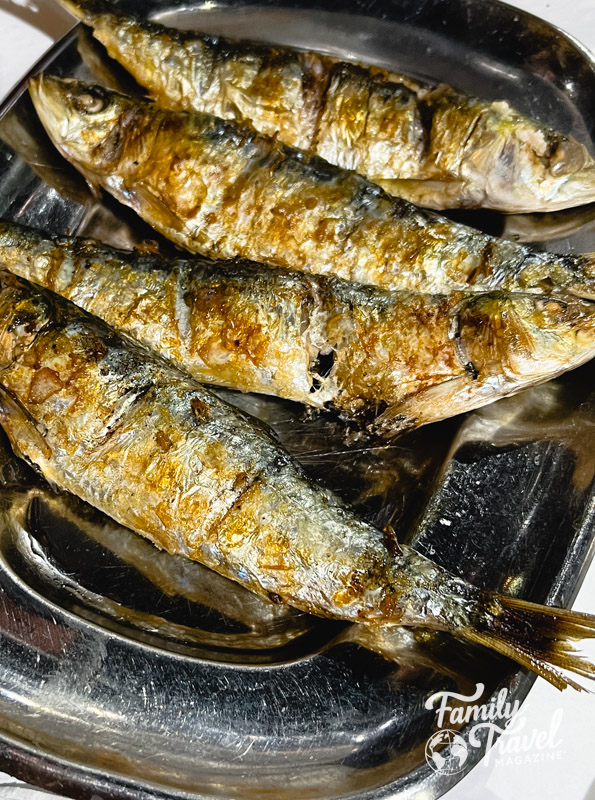
Sardines
Fresh fish and other fresh seafood main dishes are popular Portuguese dishes, due to the coastal location. Sardines are especially beloved and can be found in several ways/preparation. At a restaurant, you can order grilled sardines, which are prepared with simple ingredients, generally with olive oil and salt.
Just keep in mind that these generally are served whole with the bones in them. Fresh sardines can usually be ordered in extended summer months (May to October, which coincides with tourist season) and are a traditional Portuguese food.
Canned sardines are also extremely popular, and make for a great souvenir from Portugal. These can often be purchased in several different varieties and flavors, including some without bones.
Canned fish stores are located throughout the country, and there are also stores at the airport for purchase on your way home. Portugal is definitely one of the best places to get canned fish.
Pastel de Nata
Pastel de Nata (or Pastéis de Nata, in plural), is arguably the most ubiquitous of Portuguese desserts. These little custard tarts are sold in bakeries, pastry shops, and specialty shops around the country. If you are staying at a hotel in Portugal with continental breakfast, you'll probably find Pastéis de Nata on the buffet.
The original and official Pasteis are actually Pastéis de Belem, but those can only be purchased in one bakery in Lisbon. The more widely available Pastel de Nata is an excellent substitute.
Cod
Most restaurants have some sort of cod dish on their menu. It's a traditional Portuguese dish, with a long and storied history. Often the cod (called bacalhau in Portuguese) arrives salted, as a way to preserve it, although fresh cod is usually offered as well. While some call salt do the national dish of Portugal, not everyone agrees.
There are hundreds of different ways to prepare cod. During our trip, I was pleasantly surprised by bacalhau à brás.
This dish includes cod with potatoes, onion, garlic, olives, and eggs. While I wasn't entirely sure how I would like it, it ended up being one of my favorite dishes on my trip to Portugal.
Another popular preparation is the codfish cake (pastéis de bacalhau). These are more of a fritter, with an outer fried coating, rather than a cake, like a crabcake.
Cataplana
I love shellfish, so on my first trip to Portugal, I was excited to try Cataplana, one of the most traditional dishes in the country. This dish, which takes its name from the traditional, covered pan that it's cooked in, is similar to Spanish paella.
However, it doesn't include rice. Instead, it is made with clams, mussels, shrimp, and octopus and a base of white wine, olive oil, and clam juice (and sometimes tomato sauce). It's typically served with fresh bread that can be used to dunk in the juice of the entree.
Cataplana is especially popular in the Algarve region of Portugal, where shellfish is commonly served. I had it at the Martinhal Sagres Family Resort, where I visited on a complimentary press trip.
The preparation we had included clams, mussels, and shrimp as main ingredients, and was in a white sauce. This local Portugal cuisine was one of my favorite meals in Portugal.
Duck Rice
Arroz de Pato, or duck rice, is among the most common traditional Portuguese foods. I'll be honest, and say that I was pretty skeptical. I'm not usually someone who likes duck, but it was the main entree during one of our meals at a winery during our Adventures by Disney trip.
Surprisingly, it ended up being one of my favorite meals during this trip. It's probably most similar to Italian risotto, but definitely has a uniqueness that differentiates it from other rice-based dishes I've had.
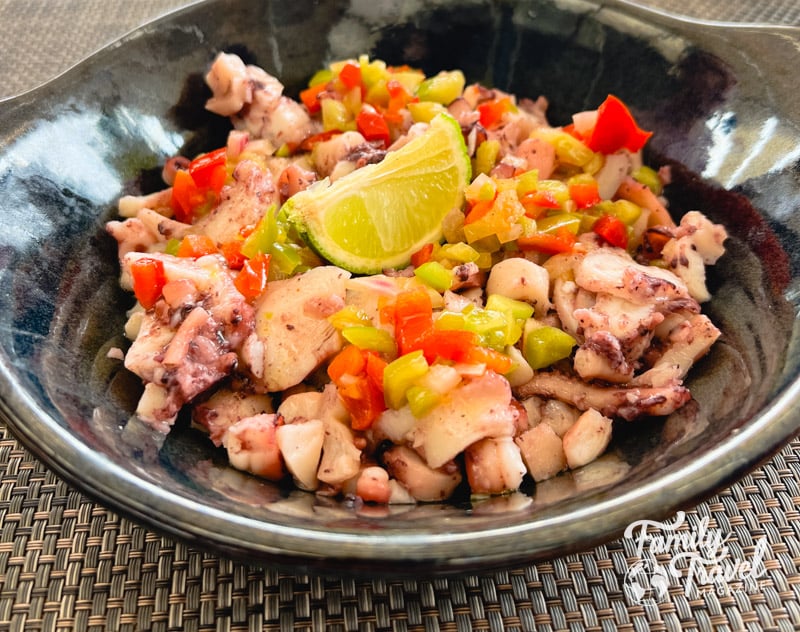
Octopus
I've always loved octopus dishes, and couldn't get enough during our trip to Greece several years ago. I knew that Portugal was known for octopus (and squid) dishes, and I was able to sample several during our recent trip.
The most basic preparation of octopus is grilled, with just salt and olive oil. If done right, it's delicious.
You'll find other preparations, however, including an octopus salad, and cold, as a side dish. These cold preparations are especially perfect for the summer.
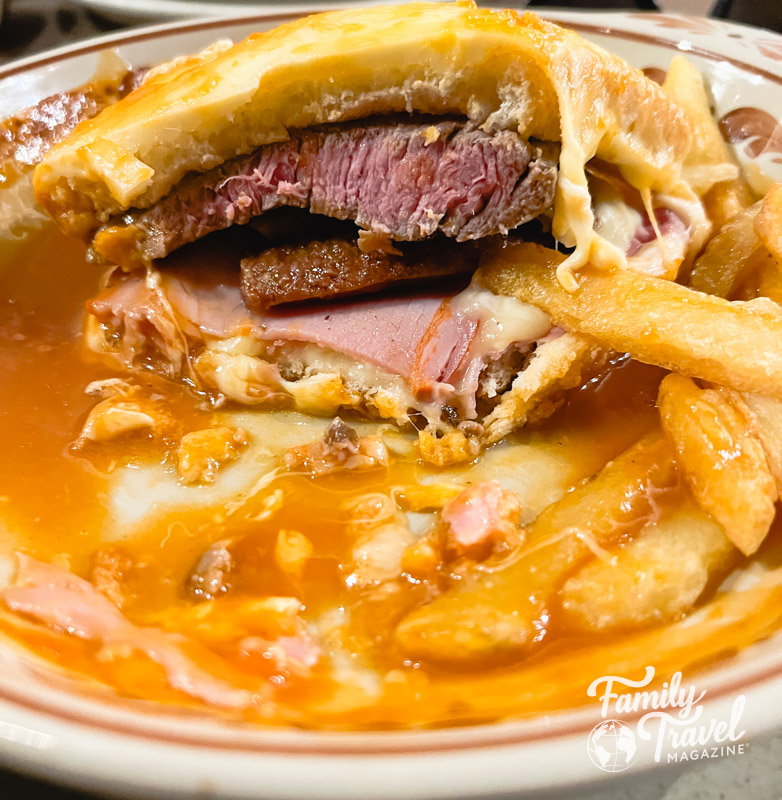
Francesinha
The Francesinha sandwich is a popular food in the Porto area of Portugal. It's more than a sandwich, it's a challenge.
These huge Portuguese sandwiches are made with thick bread, Portuguese sausage (typically a smoky linguica), ham, steak, and melted cheese, with a fried egg on the top. It's served in a dish with a broth, and the french fries typically served on the side are meant to be placed in the sauce, similar to poutine.
The Francesinha is very difficult to eat in one sitting. It's definitely worth trying and is delicious, but it's best shared unless you are extremely hungry. It is also best eaten with a fork and knife - the broth makes it very likely to fall apart.
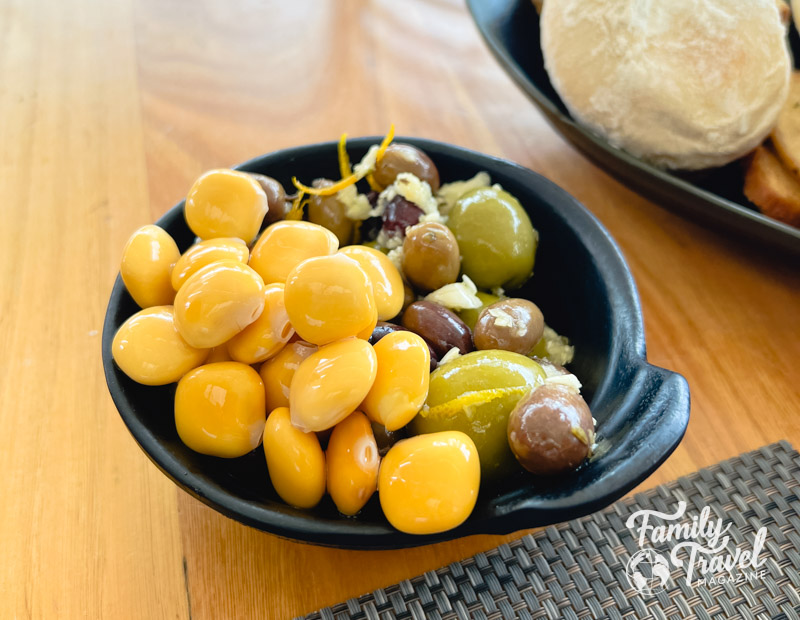
Portuguese Tremoços (Lupini Beans)
These yellow beans are an appetizer or a bar food - often enjoyed with a drink, and served with your bread and or green and black olives. They are delicious but do have to be peeled before eating. When we had them in Portugal, they were listed in the appetizer section of the menu.
Lupini beans are one of my favorite foods - they can also be purchased in the United States ready to eat in glass jars. Preparing them from dry beans takes a lot of effort and time - it's much easier to purchase this snack already fully prepared.
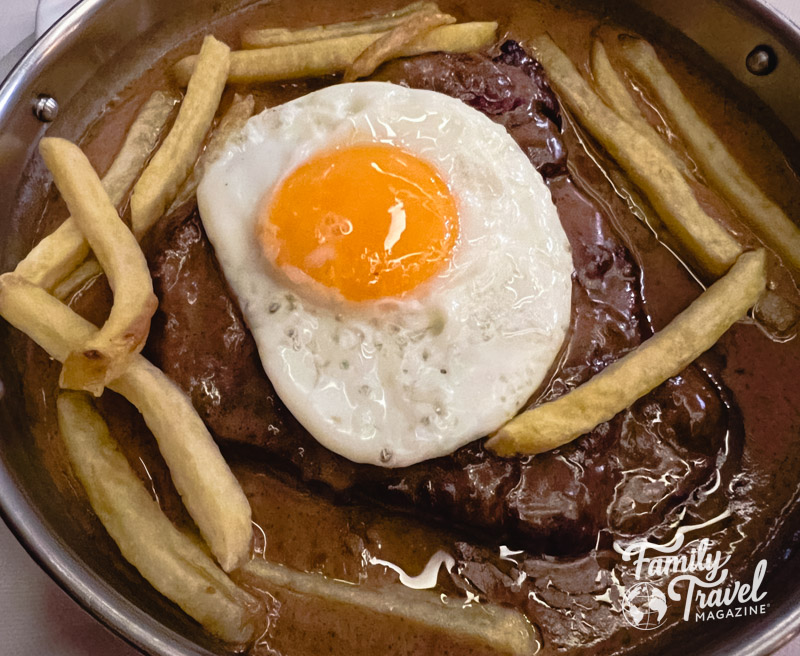
Bitoque (Portuguese-style steak)
Bitoque (a Portuguese-style steak) is one of the most popular foods at Portuguese restaurants here in Massachusetts, so I wanted to try it for myself in Lisbon. The preparation was very similar.
It's a thin steak, served in gravy, with french fries (which can be dipped in the gravy). The meal is finished with a fried egg on top.
Bitoque is a heavy meal but is very delicious. This is another entree that can be shared unless you are very hungry - it can be very filling.
Piri Piri Chicken
This chicken, with a spicy sauce, is another one of the most popular main dishes in Portugal. The chicken is typically grilled with a topping of Piri Piri sauce (often a chili-based sauce). It's very flavorful and is often not too spicy.
Frequently Asked Questions
While many of the entrees in Portugal are seafood-based, there are still some great options that don't include seafood. These include chicken, steak, and duck dishes.
Portugal is known for many unique dishes including salt cod, Pastéis de Nata, seafood, and more.
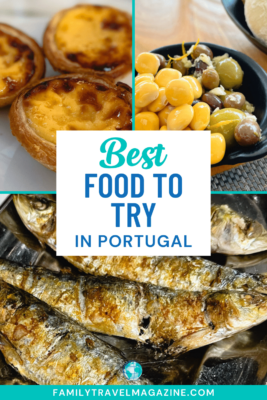

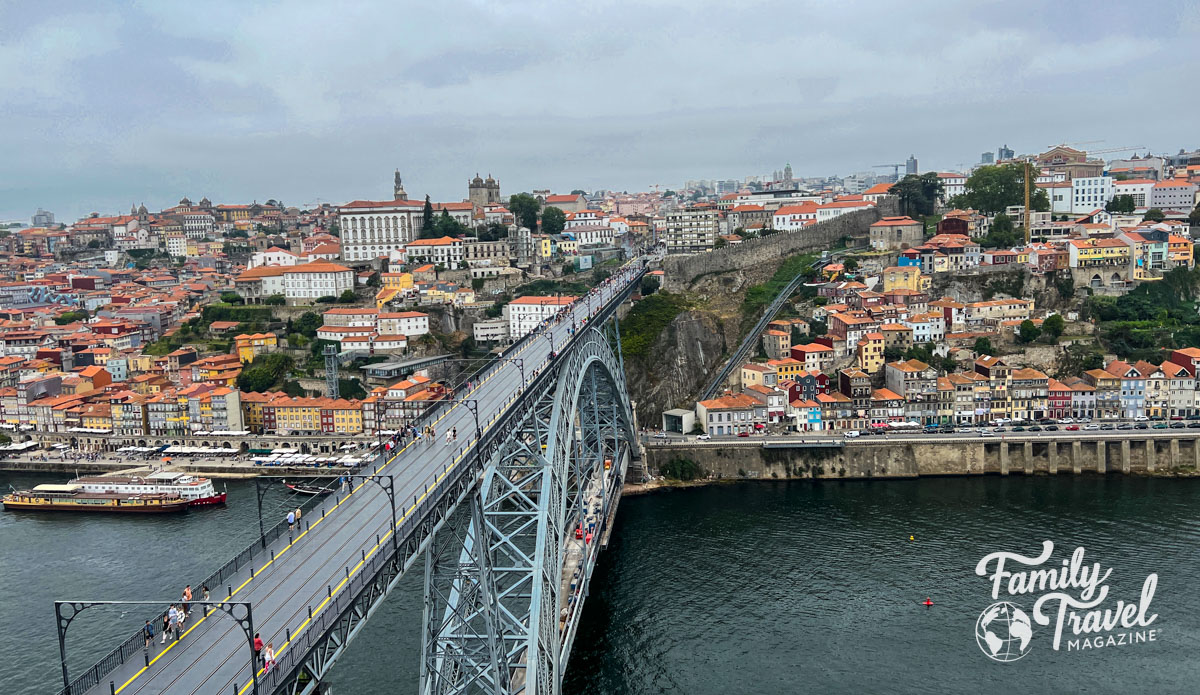
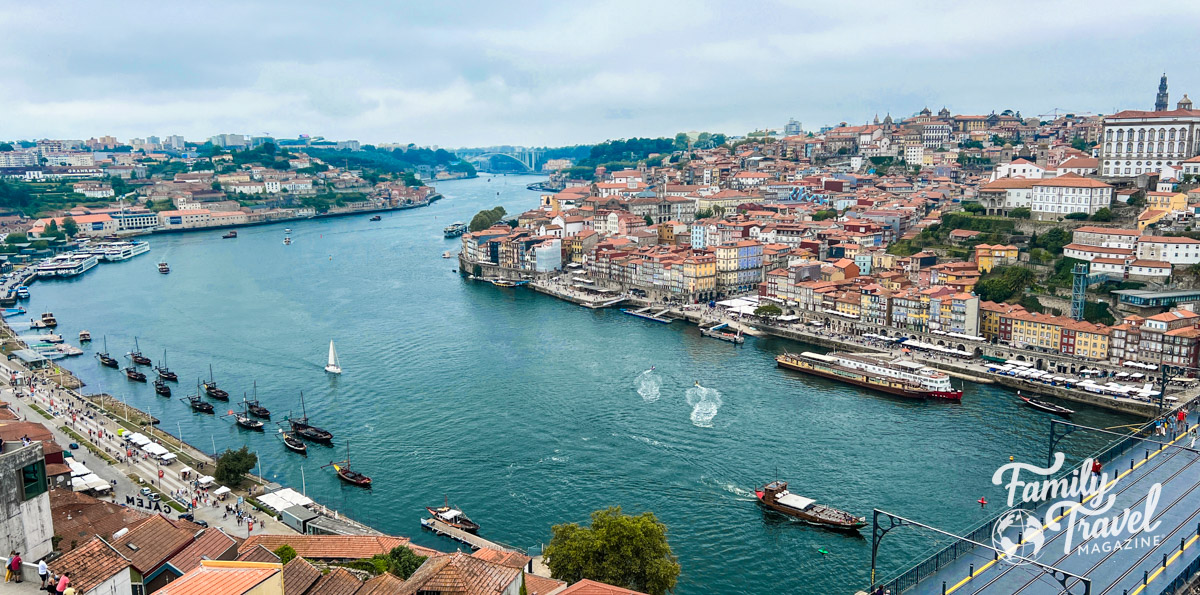


Leave a Reply